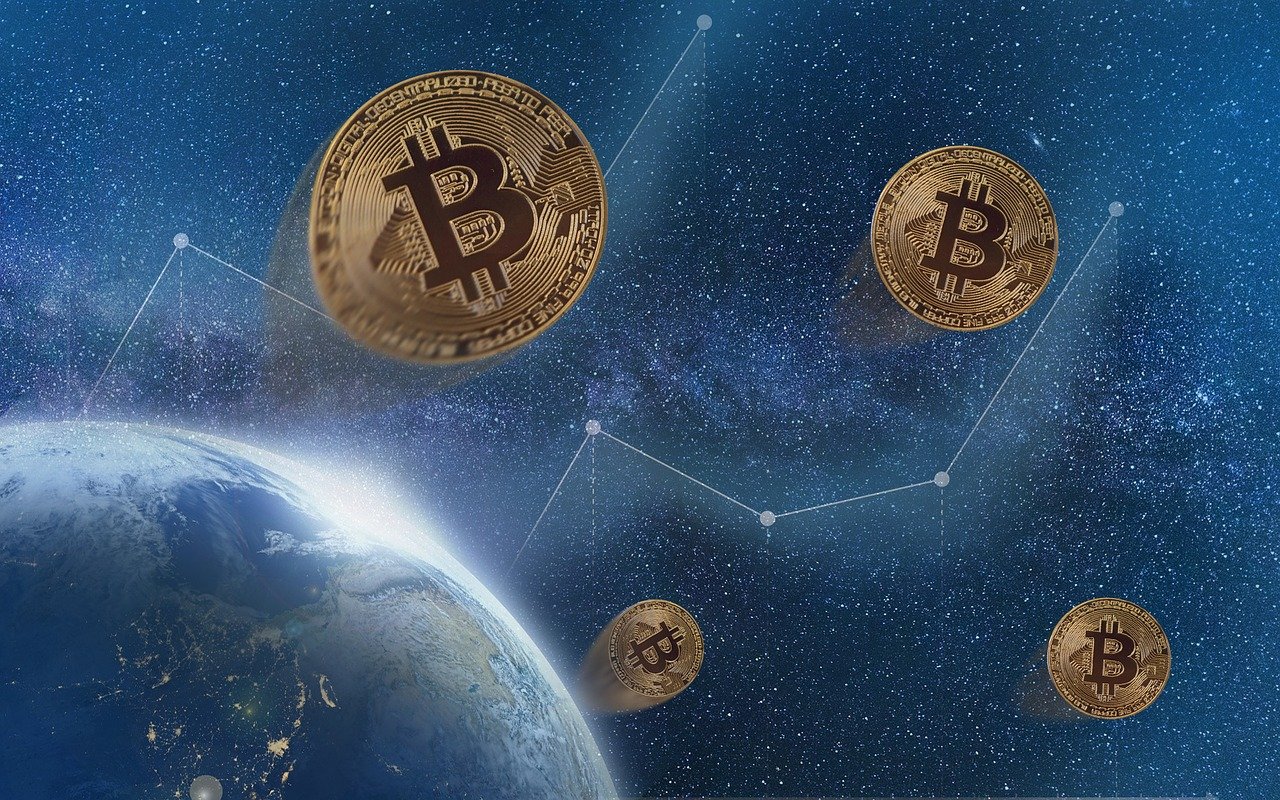EVERYONE is talking about Bitcoin thanks to the price soaring to stratospheric levels. It smashed through $15,000 (£11,100) barrier this week and is now up over 1,000% for the year.
In the last two months, Bitcoin has more than doubled in value — at the start of the year, a single Bitcoin was worth less than $800 (£600). In March 2017 the price exceeded the value of an ounce of gold for the first time – then around £940.
This incredible growth story has been attributed to a number of factors, including a surging demand in China, where authorities warn it is used to channel money out of the country. The number of Bitcoins in circulation will never exceed 21million. The limit was set by a mysterious coding genius with the pseudonym Satoshi Nakamoto, the creator of Bitcoin, to ensure it will always have scarcity value.
The rising value can also be attributed to investors buying it because they believe the price will go up further. However, there is much talk about the ‘Bitcoin bubble’ bursting and it could end up worthless if the current boom turns to bust.
What is it?
In case you are yet to engage with this new phenomenon, Bitcoin is a virtual currency – the very first of a growing number of so-called cryptocurrencies. It is created by computer code and exists electronically. It uses distributed ledger technology.
Here’s the techy bit: a distributed ledger is a database that is shared and synchronized across a network that is spread across multiple sites, institutions or geographies. The participant at each node of the network can access the recordings shared across that network and can own an identical copy of it. Any changes or additions made to the ledger are reflected and copied to all participants in a matter of seconds or minutes. Underlying the distributed ledger technology is the blockchain, which is the technology that underlies Bitcoin.
Unlike physical currencies, there are no notes or coins, and transactions are made outside of any central banking system. It was created in 2009 by a computer whizzkid using the Japanese alias Satoshi Nakamoto. Doctor Craig Wright – an Australian computer scientist – claims to be the real person behind the pseudonym.
The idea behind it was to create a currency that was transferable electronically, more or less instantly, with very low transaction fees and yet, crucially, independent of any central authority. Previously Bitcoins had to be ‘mined’ by a computer whizz who had to verify each transaction by solving a complex maths problem. But today, the Bitcoin can be purchased from specialist exchanges such as Coinbase, Kraken, Bittylicious and Bitstamp.

Risk and regulation
The worry for UK investors is that cryptocurrencies are currently unregulated in the UK and therefore there is no protection for individual investors against scams, hacks and theft. It’s a very volatile currency, which makes it very high risk.
However, this week the Treasury announced plans to regulate Bitcoin and other cryptocurrencies to bring them in line with anti-money laundering and counter-terrorism financial legislation. Andrew Bailey, chief executive of the City watchdog, the Financial Conduct Authority (FCA), recently voiced concern for individual investors dabbling in schemes relating to Bitcoin. He branded it a commodity rather than a currency.
While you can’t spend it in most shops, a growing number of small-scale retailers – often in the tech industry – will accept them. And last month, a London property developer, The Collective, said it would allow its tenants to pay their deposits in Bitcoin and accept rent payments in the cryptocurrency by the end of the year.
The first real-world transaction in the currency was by Laszlo Hanyecz, a Florida software developer who earned his place in history by buying two pizzas for 10,000 Bitcoin in 2010, when the value was just 1 cent each. If he had hung on to his Bitcoins they would now be worth more than $100million.
Another worry is that the ‘Bitcoin bubble’ could burst and investments could end up worthless, should the current boom turns to bust.
Watch this space.

